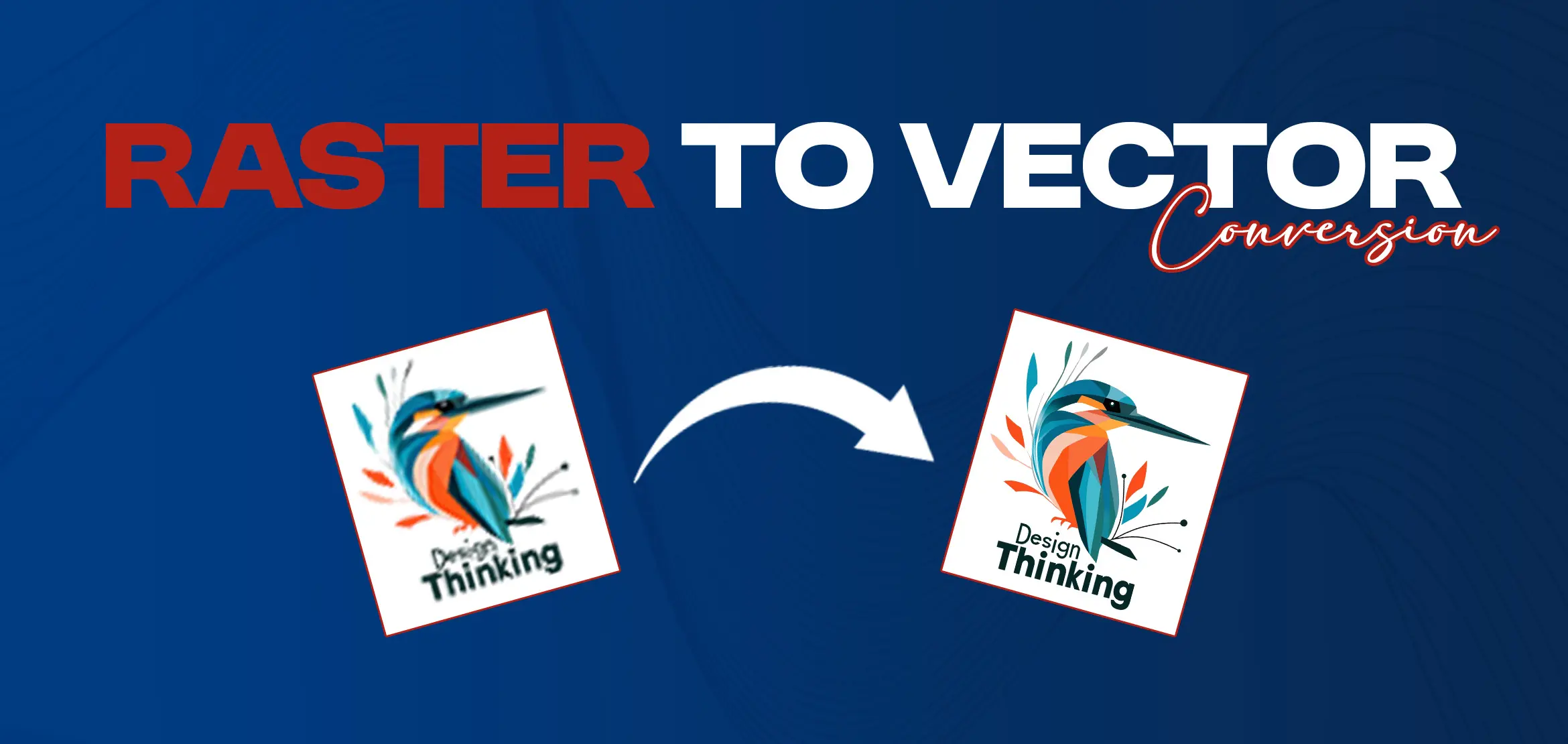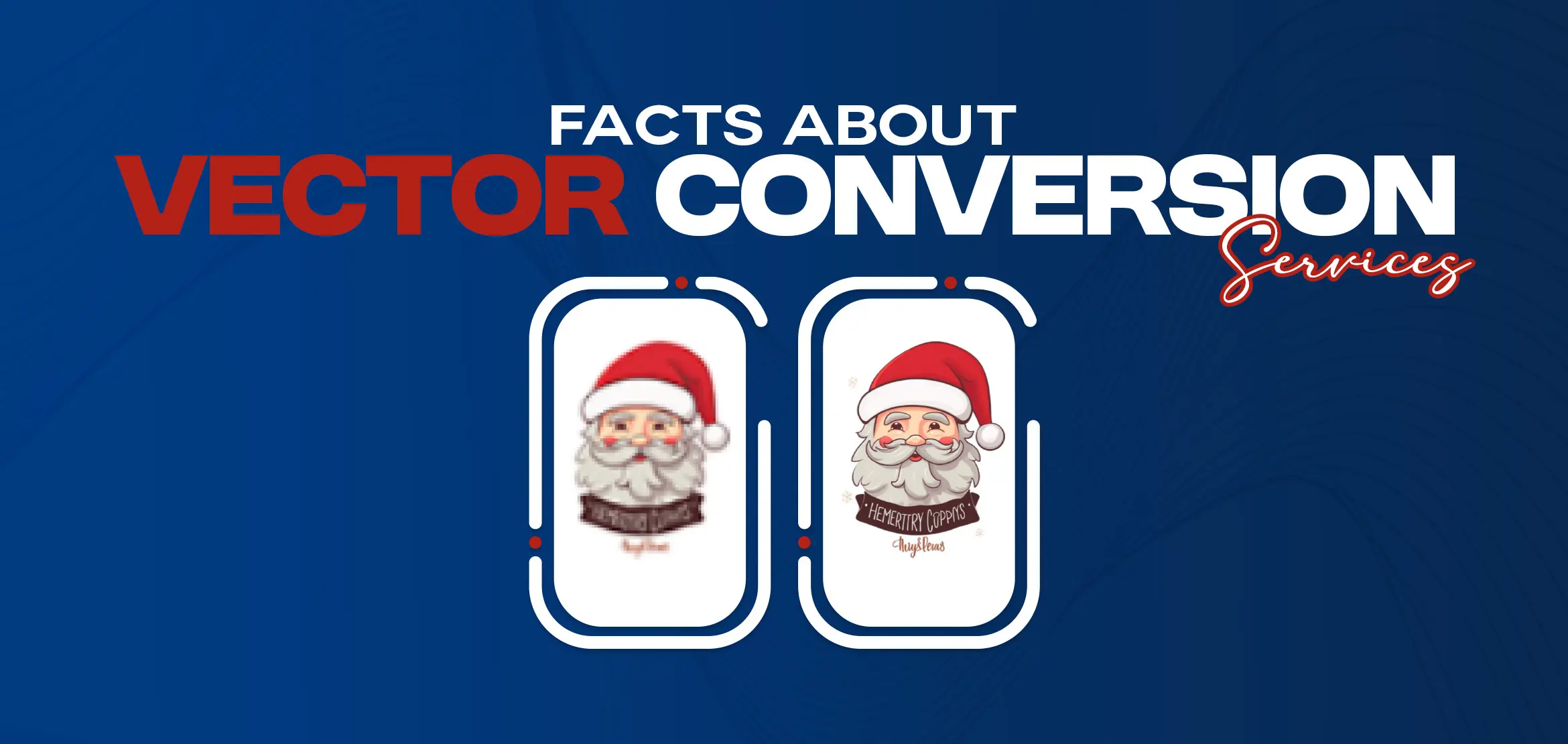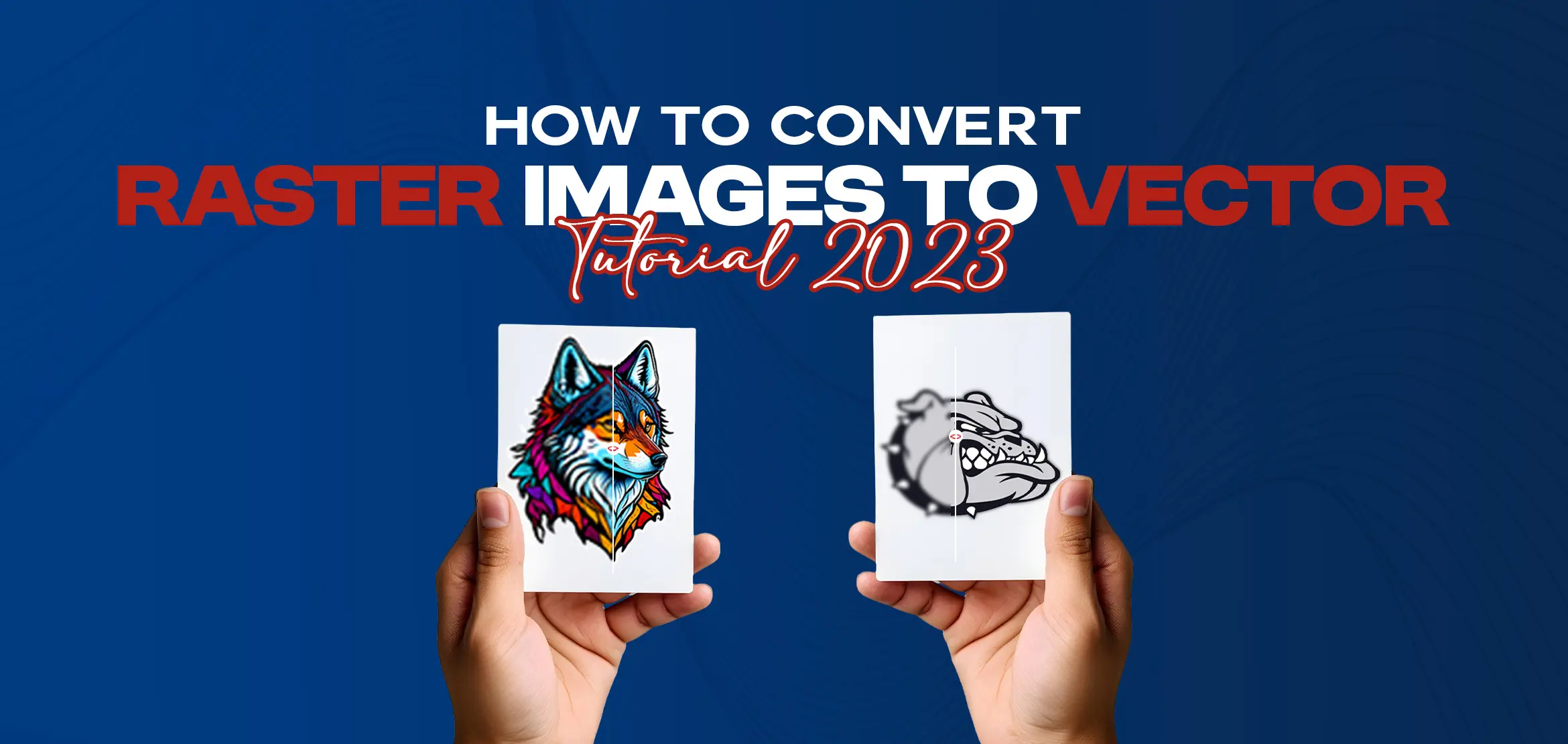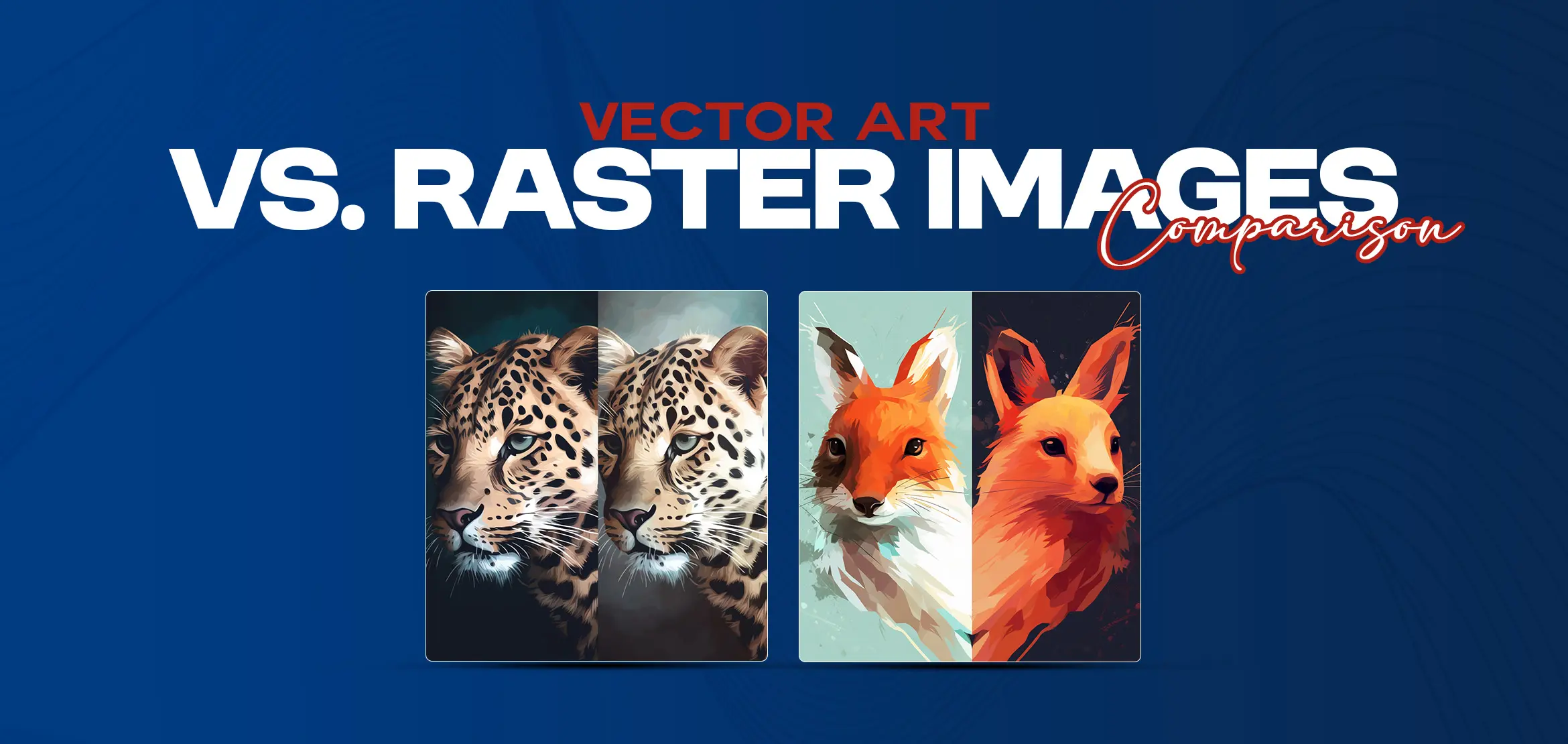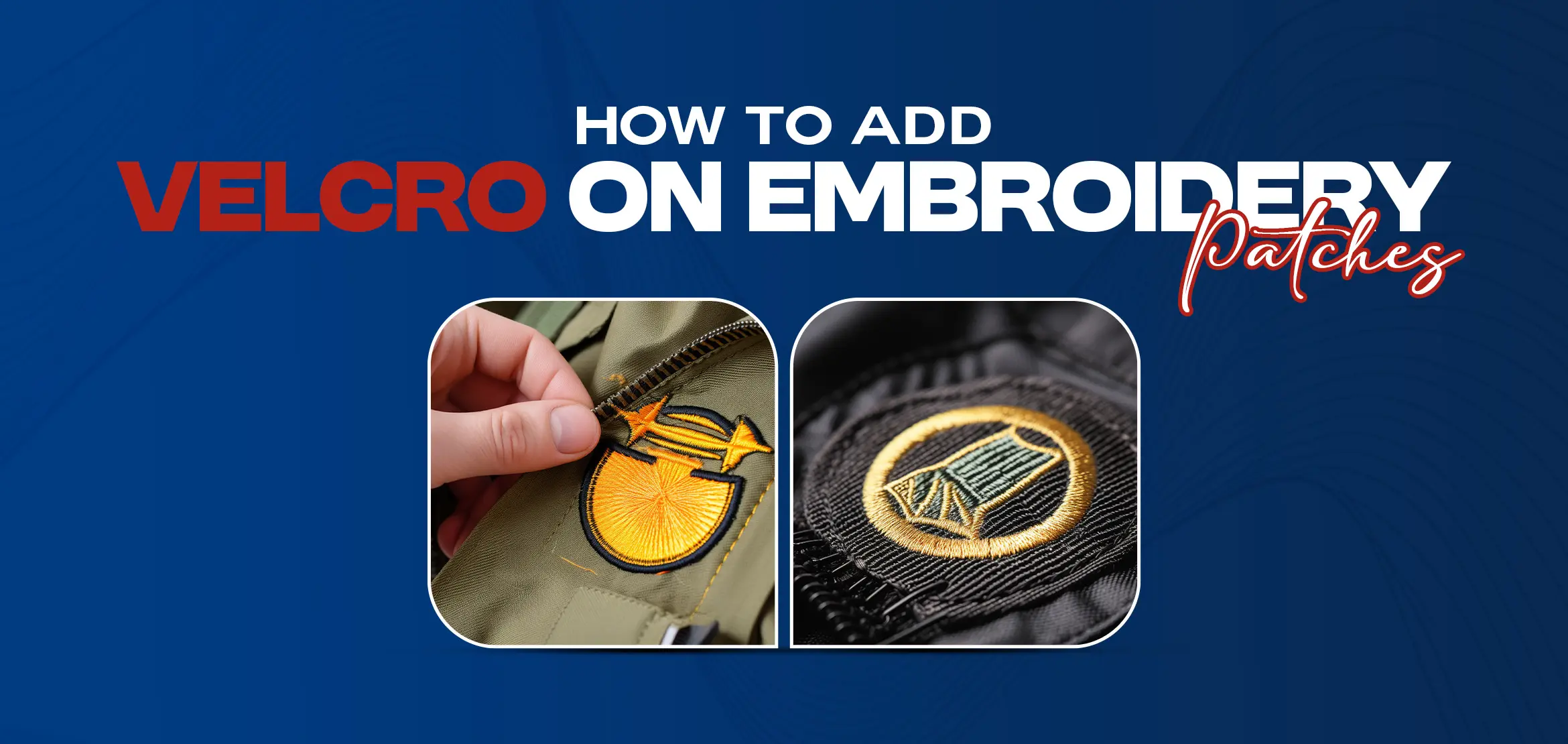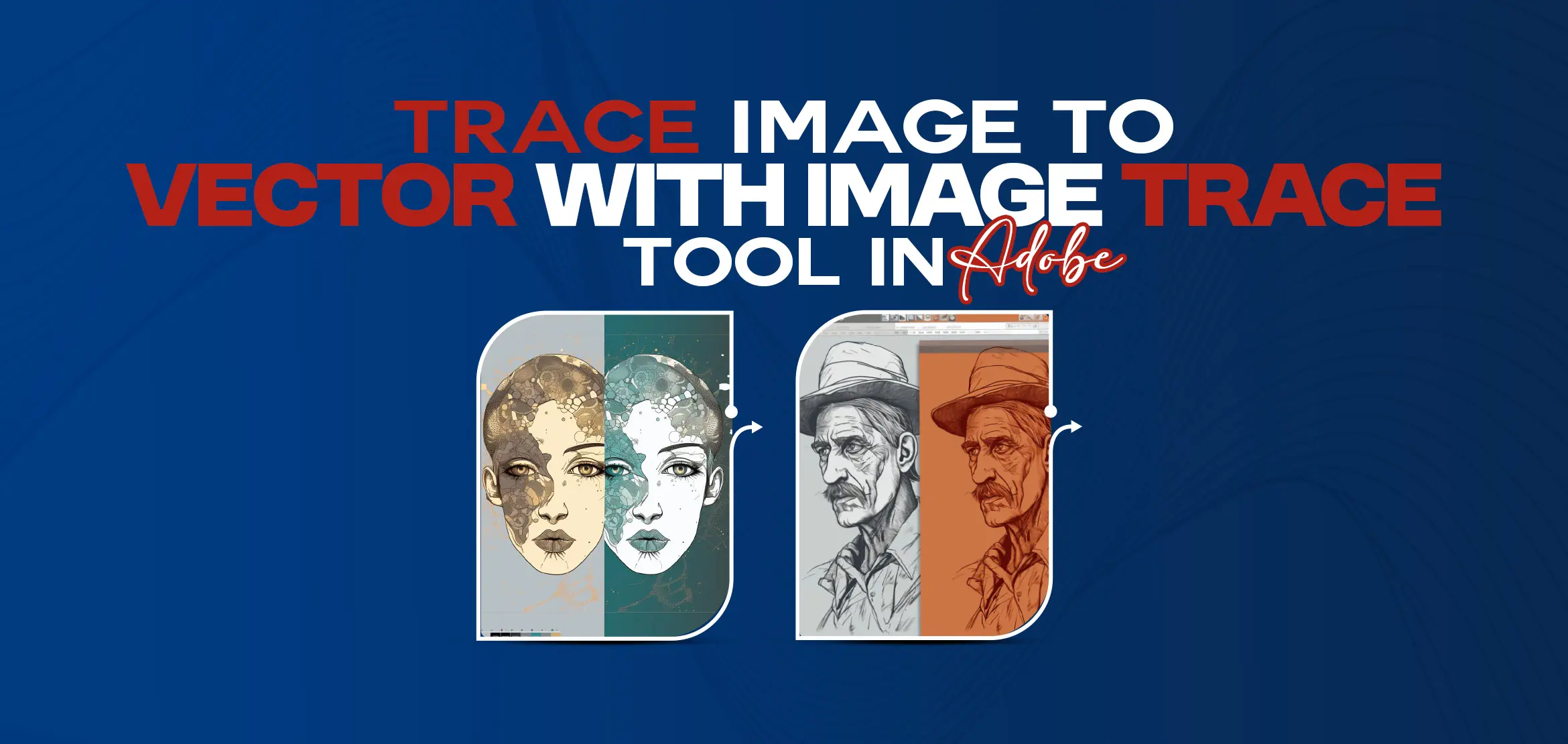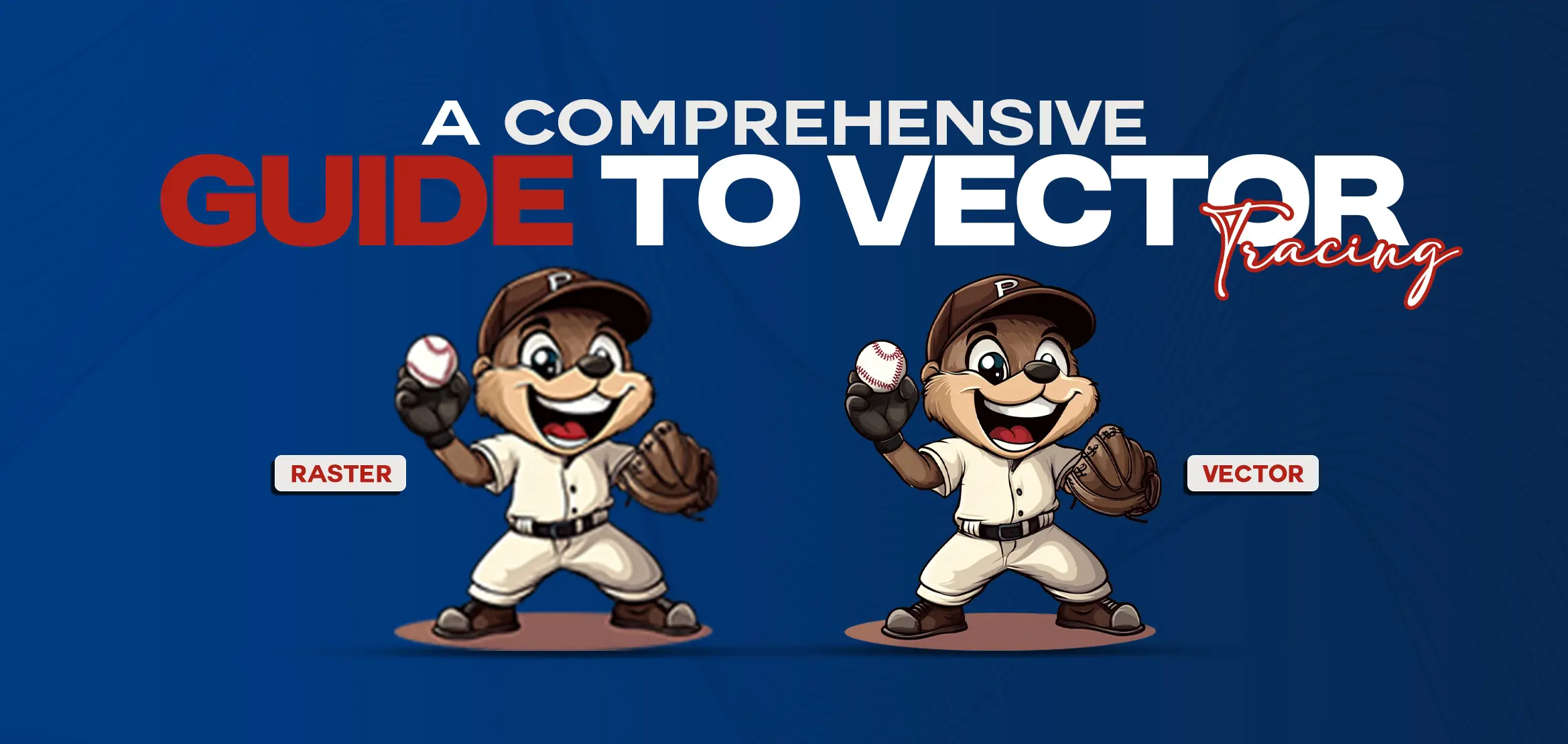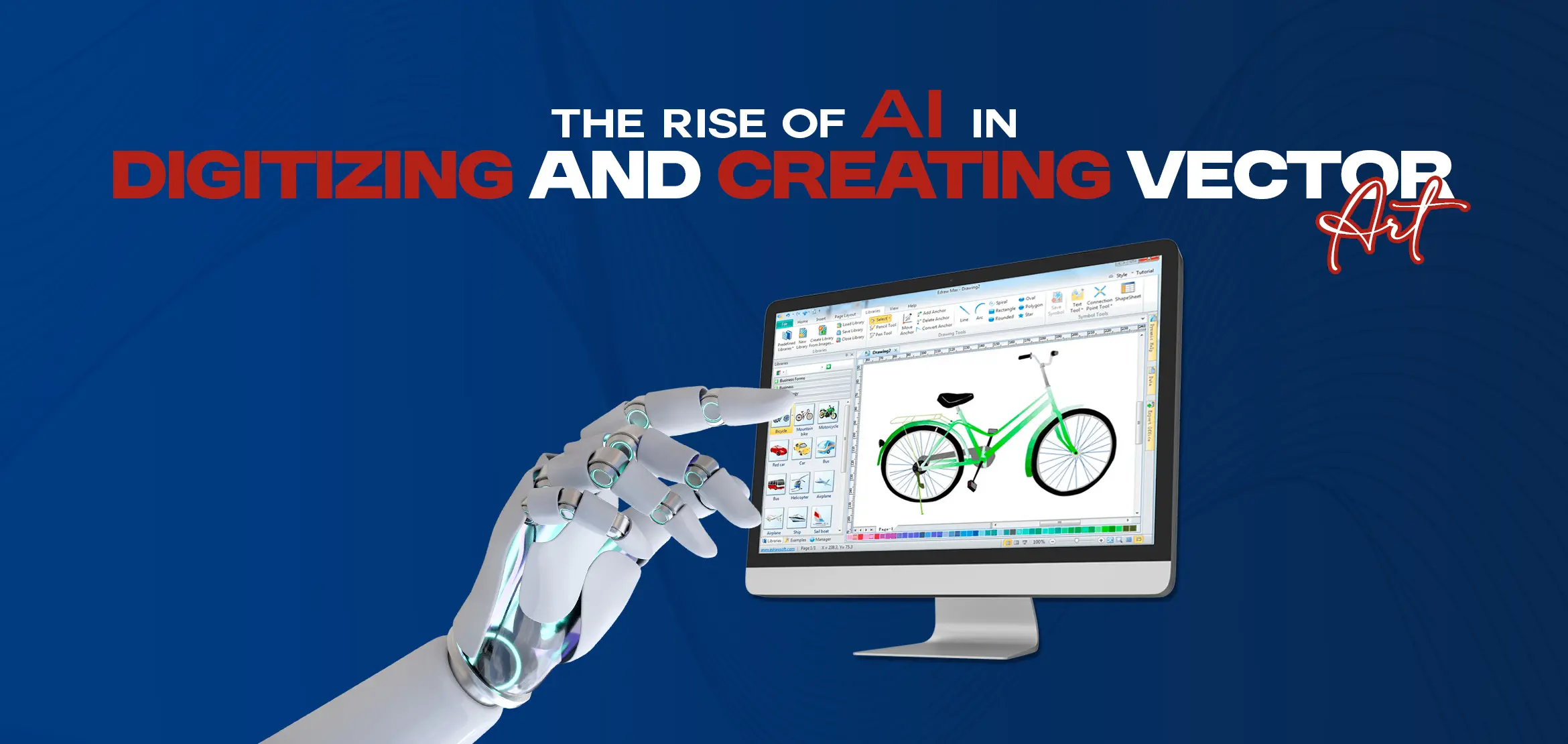
Jpg to Vector – Auto Vs Manual Tracing Which Works Better
Table Of Content
- 1. Understanding the Difference: Raster vs. Vector
- 2. Automated Tracing: Pros and Cons
- 3. Manual Tracing: Pros and Cons
- 4. Manual Tracing is the Art of Precision
- 5. Quality and Accuracy between Manual and Auto Tracing
- 6. Time and Efficiency between Manual and Auto Tracing
- 7. Customization and Flexibility between Manual and Auto Tracing
- 8. Conclusion
- FAQs (Frequently Asked Questions)
The conversion from raster to vector format is a common task. JPEG (JPG) files, ubiquitous in the digital landscape, are raster images made up of pixels, while vector graphics are composed of paths and shapes defined by mathematical equations. When it comes to converting JPG files to vector format, designers often face the choice between automated and manual tracing methods.
Each approach has its merits and drawbacks, leading to the question: which method works better? Let's delve into this debate under several headings to understand the nuances and implications.
1. Understanding the Difference: Raster vs. Vector
Before diving into the comparison, it's essential to grasp the fundamental distinction between raster and vector images. Raster images, such as JPGs, are made up of a finite grid of pixels, which means they can lose quality when resized or scaled up. On the other hand, vector graphics, created using paths and points, are infinitely scalable without loss of quality. This scalability makes vectors ideal for logos, icons, and illustrations.
2. Automated Tracing: Pros and Cons
Automated tracing, facilitated by software tools like Adobe Illustrator's Image Trace feature or online converters, offers convenience and speed. With a few clicks, a JPG can be converted into a vector graphic. However, the results can vary widely depending on the complexity of the image. Simple shapes may be accurately traced, but intricate details often get lost or distorted. Additionally, automated tracing may generate unnecessary anchor points, leading to bloated file sizes and inefficient editing.
3. Manual Tracing: Pros and Cons
Manual tracing offers designers an unmatched level of precision and control in converting JPG images to vector graphics. With this method, designers can meticulously trace each element, ensuring that every curve, line, and detail is faithfully replicated in vector form. This hands-on approach allows for careful adjustments, resulting in superior quality and accuracy compared to automated methods. Additionally, manual tracing provides the opportunity for quality assurance at every stage of the process, allowing designers to monitor and refine the vector graphic to meet their exact specifications.
However, this method requires a significant investment of time and effort, making it less suitable for projects with tight deadlines or a high volume of images.
4. Manual Tracing is the Art of Precision
Manual tracing, as the name suggests, involves painstakingly recreating the JPG image using vector tools. While it demands more time and effort compared to automation, manual tracing provides unparalleled control and precision. Designers can ensure that every curve, line, and detail is faithfully replicated in vector form. This method is particularly advantageous for complex artwork or when the highest quality is essential.
5. Quality and Accuracy between Manual and Auto Tracing
When it comes to quality and accuracy, manual tracing reigns supreme. By meticulously tracing each element, designers can preserve the integrity of the original artwork, capturing nuances that automated tools might miss. Manual tracing allows for adjustments at every step, ensuring that the final vector graphic meets the desired standards. While automated tracing can yield satisfactory results for simple images, it often falls short in capturing intricate details accurately.
6. Time and Efficiency between Manual and Auto Tracing
In terms of time and efficiency, automated tracing holds the advantage. With just a few clicks, a JPG image can be converted into a vector graphic within seconds. This rapid turnaround is invaluable for projects with tight deadlines or when dealing with a large volume of images. However, it's essential to weigh this speed against the potential compromises in quality and the need for manual cleanup after automated tracing.
7. Customization and Flexibility between Manual and Auto Tracing
One area where manual tracing excels is customization and flexibility. Designers have full control over every aspect of the vectorization process, allowing for adjustments, tweaks, and creative enhancements. Whether it's refining curves, simplifying shapes, or adding unique stylistic elements, manual tracing empowers designers to tailor the vector graphic to their exact specifications. This level of customization is simply not possible with automated tracing.
8. Conclusion
In the debate between auto and manual tracing for JPG to vector conversion, there's no one-size-fits-all answer, especially when considering our embroidery digitizing services. Each method has its strengths and weaknesses, and the choice ultimately depends on the specific requirements of the project. For simple images with tight deadlines, automated tracing offers a quick and convenient solution. However, when quality, accuracy, and customization are paramount, manual tracing emerges as the superior option.
By understanding the nuances of each approach and striking the right balance between speed and precision, designers can ensure optimal results in their vectorization endeavors, particularly when seeking high-quality outcomes for our embroidery digitizing services.
FAQs (Frequently Asked Questions)
Q1. What's the difference between raster and vector images?
Raster images are made of pixels, while vector graphics are composed of mathematical equations defining paths and shapes.
Q2. What are the pros and cons of automated tracing for JPG to vector conversion?
'Automated tracing offers convenience and speed but may lose detail and create unnecessary anchor points, leading to bloated files.
Q3. What advantages does manual tracing offer over automated methods?
Manual tracing provides precise control and fidelity, ensuring every detail is faithfully replicated without unnecessary artifacts.
Q4. Why might manual tracing be less suitable for projects with tight deadlines?
Manual tracing requires more time and effort, making it less feasible for projects with time constraints or a high volume of images.
Q5. In terms of quality and accuracy, which method – manual or automated tracing – tends to excel?
Manual tracing typically produces superior quality and accuracy, especially for complex artwork or when intricate details are crucial.
